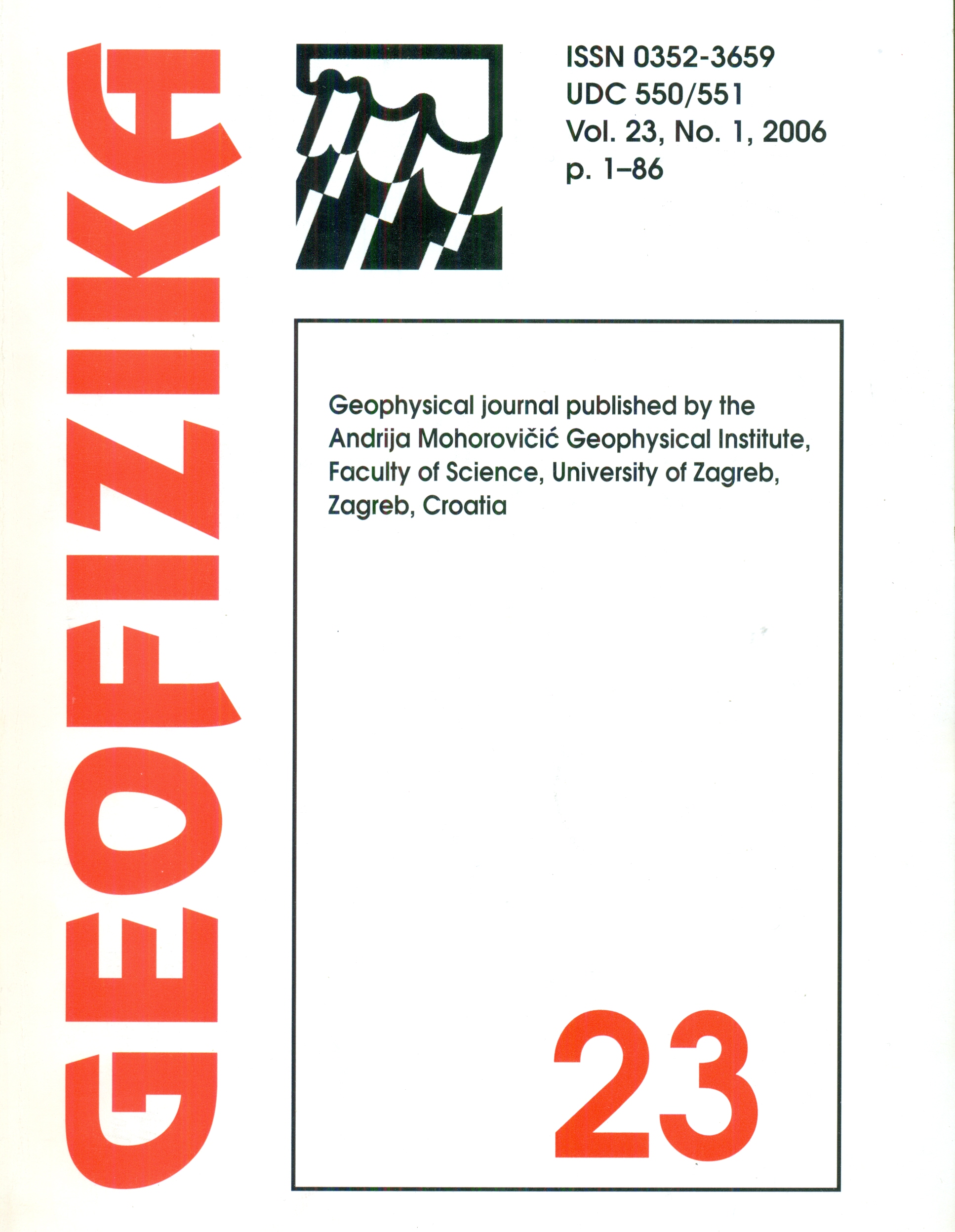Seasonal climate sensitivity to the sea-ice cover in an intermediate complexity AGCM
Keywords:
seasonal climate sensitivity, thermodynamic effects of sea-ice, intermediate complexity AGCMAbstract
The sensitivity of the atmospheric circulation to a different specification of sea-ice temperature and its seasonal cycle is analysed from the 50-year long integrations with SPEEDY, an intermediate complexity atmospheric general circulation model (AGCM). This impact is inferred from the difference between model atmospheric states obtained with and without the inclusion of the thermodynamic effects of sea ice. The two experiments with sea ice were made – the first one used climatological monthly mean temperatures for sea ice (derived from ERA–15 data), whereas in the second experiment the sea-ice temperature was determined by a thermodynamic model embedded into the SPEEDY code.
It is shown that the thermodynamic model tends to amplify the seasonal cycle of temperature. In the boreal winter, the inclusion of the thermodynamic model for sea-ice temperature leads to a general cooling of the model atmosphere at high latitudes (when compared with the experiment with climatological sea ice), associated with the reduction in geopotential heights and the strengthening of zonal winds. It also reduces the extent and amount of cloud cover in the mid- and high latitudes. Atmospheric cooling could be directly linked to the increased sea-ice seasonal cycle, because the increased albedo over sea ice reduces incoming solar radiation and further stabilises already cold air. Some of the changes induced by sea ice extend throughout the whole depth of the model atmosphere and could be linked directly to strong meridional differential temperature gradients. In addition, some seasonally varying symmetry between the Northern and the Southern Hemisphere is also found.
In summer when the receding sea ice is included in model integration, the opposite effects are seen: differential temperature gradients are of the opposite sign, the atmosphere is warmed thus effecting a reduction in zonal winds and an increase in cloudiness. These effects are stronger in amplitude than those associated with the maximum winter extent of sea ice, suggesting that ocean heat flux from the ice-free water together with increased solar radiation and convection bear a strong mark on the model atmosphere.
Downloads
Published
Issue
Section
License
Copyright (c) 2021 Geofizika journal

This work is licensed under a Creative Commons Attribution-NonCommercial 4.0 International License.

